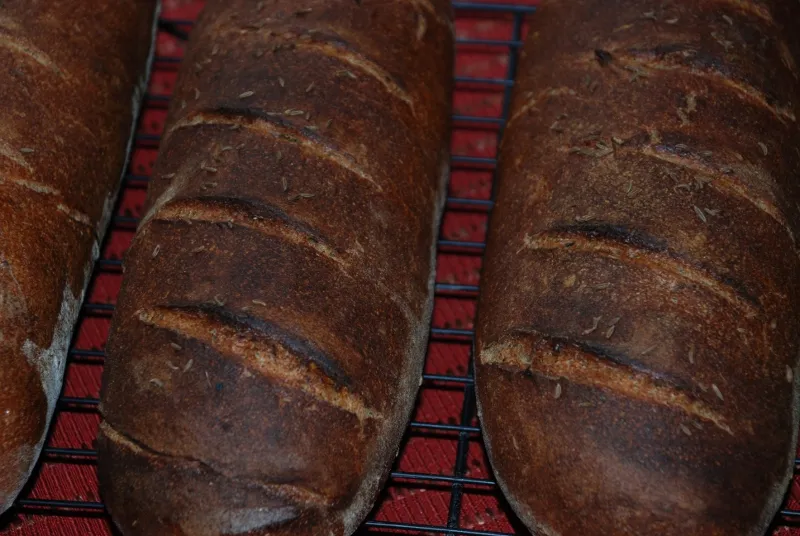A short lesson in problem solving

What happens when your must have bread fails repeatedly? Other than tears and recriminations, a lot of head scratching and experimentation. This generally leads to upping your game at all levels as you optimize each step of the process, but unfortunately the main problem can remain hidden.









